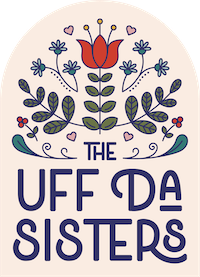St. Patrick's Day in Norway is a vibrant tapestry woven with threads of tradition, cultural exchange, and a nod to Viking heritage. While the holiday originates from Ireland, Norwegians have embraced its spirit with a unique twist that pays homage to their own storied past.
One distinctive aspect of St. Patrick's Day in Norway is the inclusion of orange alongside the traditional green attire. This departure from the standard color scheme stems from Norway's historical ties to Ireland, particularly during the Viking Age. Orange symbolizes solidarity and inclusivity, bridging the cultural connections between the two nations and honoring the enduring bond forged during ancient times.
The Viking connection runs deep in Norwegian culture, shaping its traditions and identity. During the Viking Age, Norse explorers ventured far and wide, establishing trade routes and settlements across Europe and beyond. Among their destinations was Ireland, where Norse influence left an indelible mark on Irish society.
Incorporating orange into St. Patrick's Day celebrations in Norway serves as a nod to this shared history, fostering a sense of camaraderie and mutual respect between the two nations. It's a tribute to the Viking spirit of exploration, cultural exchange, and resilience that continues to resonate in both Norwegian and Irish heritage.
As Norwegians gather to celebrate St. Patrick's Day, the vibrant hues of orange and green come together to symbolize unity, friendship, and the enduring bonds of kinship. From lively pub gatherings to community events and parades, the spirit of St. Patrick's Day in Norway reflects the rich tapestry of cultural exchange and shared history that defines the modern world.
In embracing both the traditions of Ireland and the legacy of the Vikings, St. Patrick's Day in Norway becomes a celebration of heritage, friendship, and the enduring spirit of exploration that connects us all.
Share your St. Patrick’s Day traditions in the comments.



Leave a comment